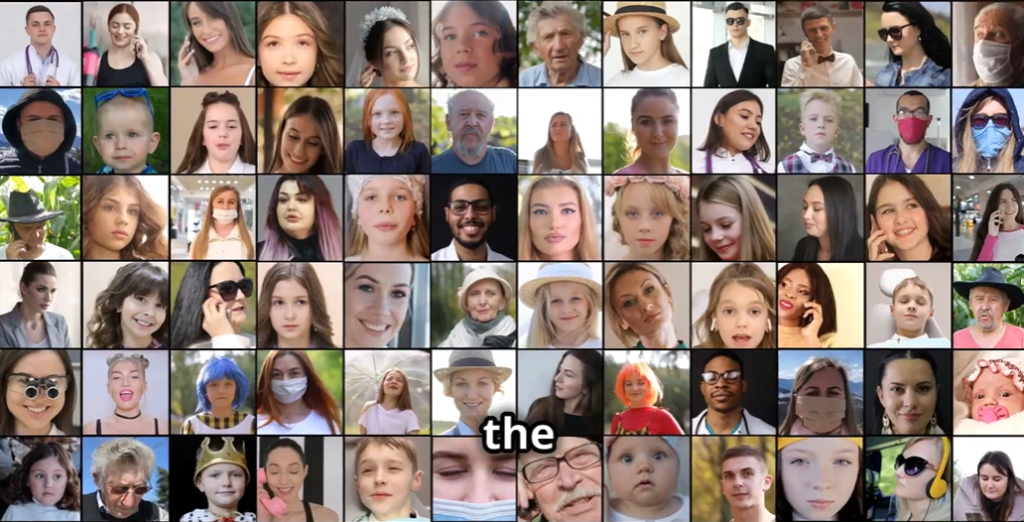CLOSE
Picture the American accent as a kaleidoscope of sounds, each contributing to its unique charm. From the drawl of the South to the clipped vowels of the Northeast, every region adds its own colors to this linguistic tapestry.
The American accent is not a monolith but a dynamic entity shaped by centuries of immigration, cultural exchange, and shifting demographics. It reflects the melting pot that is America – a blend of influences from around the globe.

The American accent is a melting pot of linguistic influences that have evolved over centuries. From the early colonial settlements to waves of immigration, each group brought its own dialects and speech patterns, contributing to the rich tapestry of accents we hear today.
As English speakers from different regions interacted and intermingled, their languages fused together, creating new pronunciations and intonations unique to America. The evolution of the American accent reflects the country’s diverse history and cultural heritage.

Exploring the vast landscape of the American accent reveals a rich tapestry woven with diverse regional variations. From the distinctive drawl of the Southern states to the clipped consonants of the Northeast, each region boasts its own unique linguistic fingerprint.
In the South, words linger lazily on tongues, drawing out vowels in a melodic cadence that reflects a slower pace of life. Meanwhile, in New York City, rapid-fire speech patterns mirror the hustle and bustle of urban living.
Traveling westward brings us to California’s laid-back vibe reflected in its relaxed pronunciation and use of slang. The Midwest offers a neutral accent that often serves as a benchmark for standard American English.

The American accent is a rich tapestry woven with threads of history, migration, and cultural influences. From the early settlers to the waves of immigration that followed, the American accent has evolved into a diverse mosaic of sounds and pronunciations.